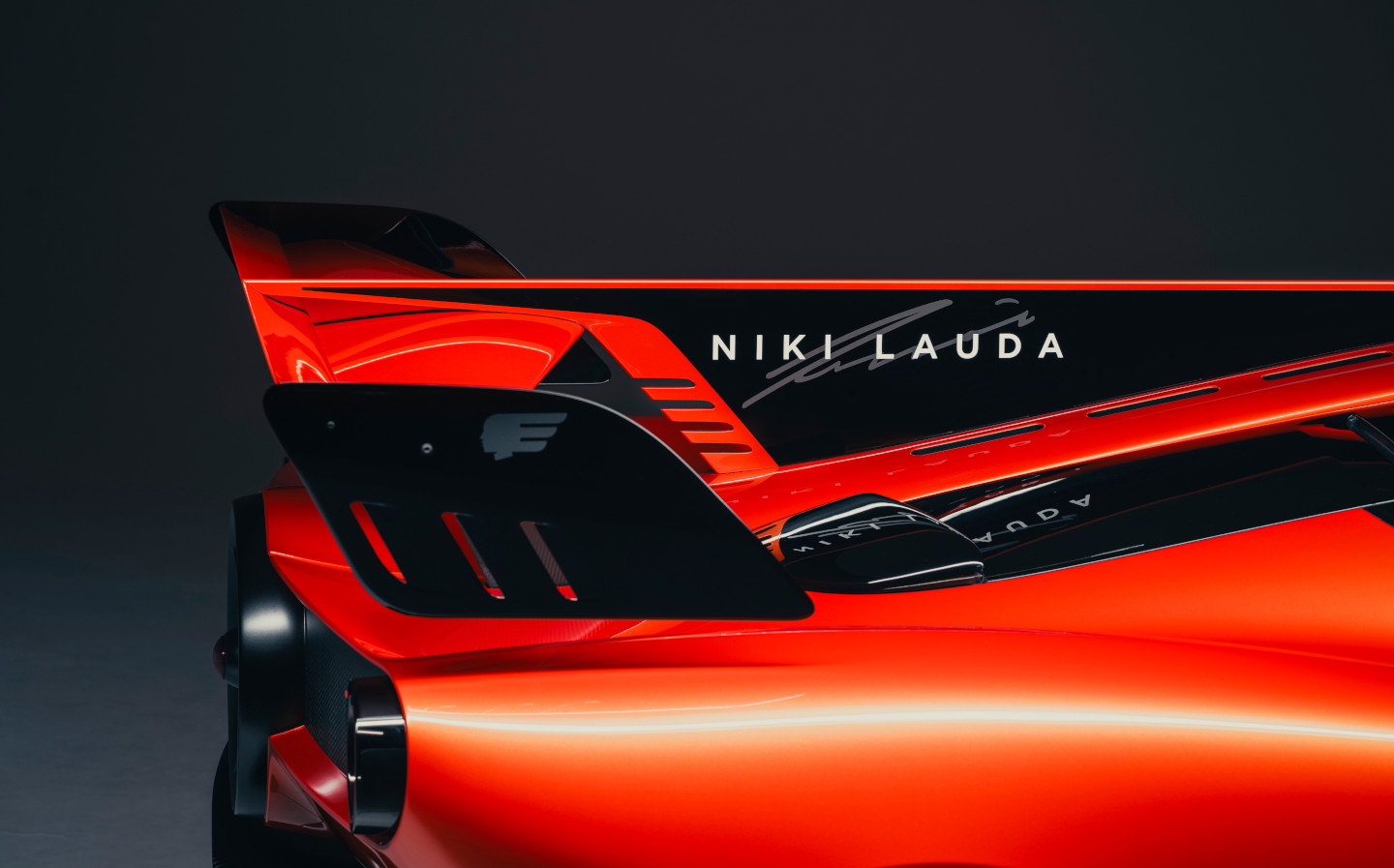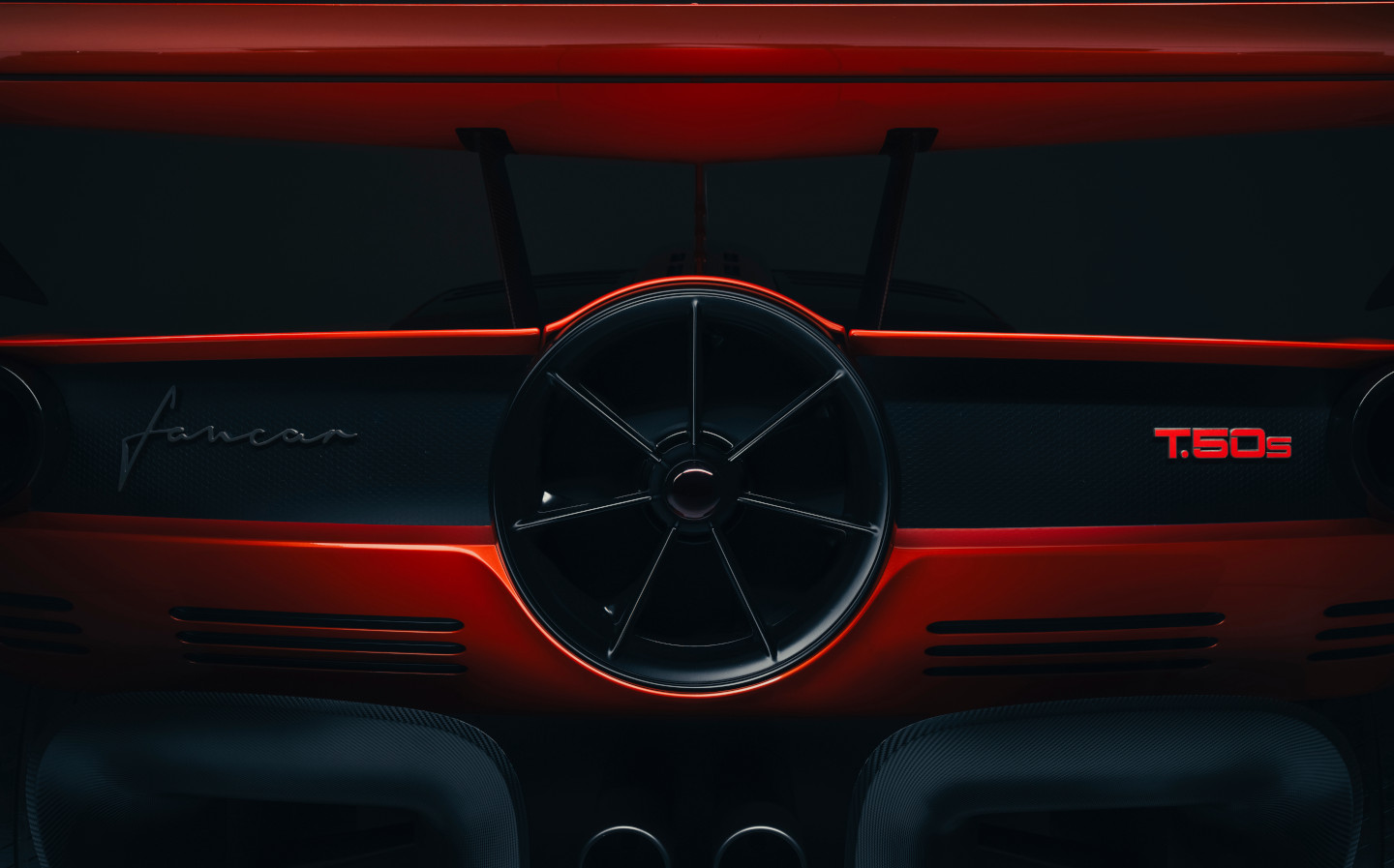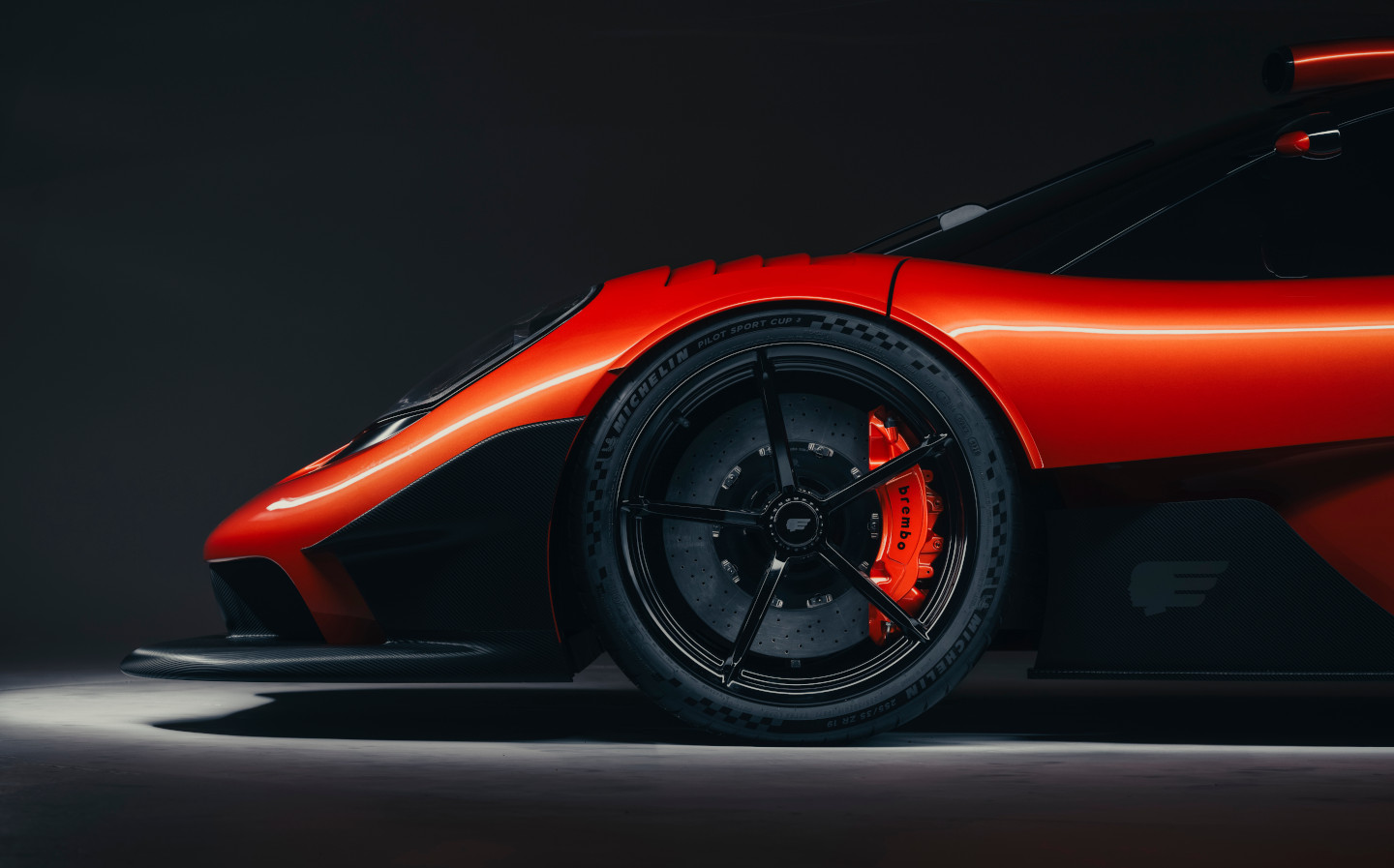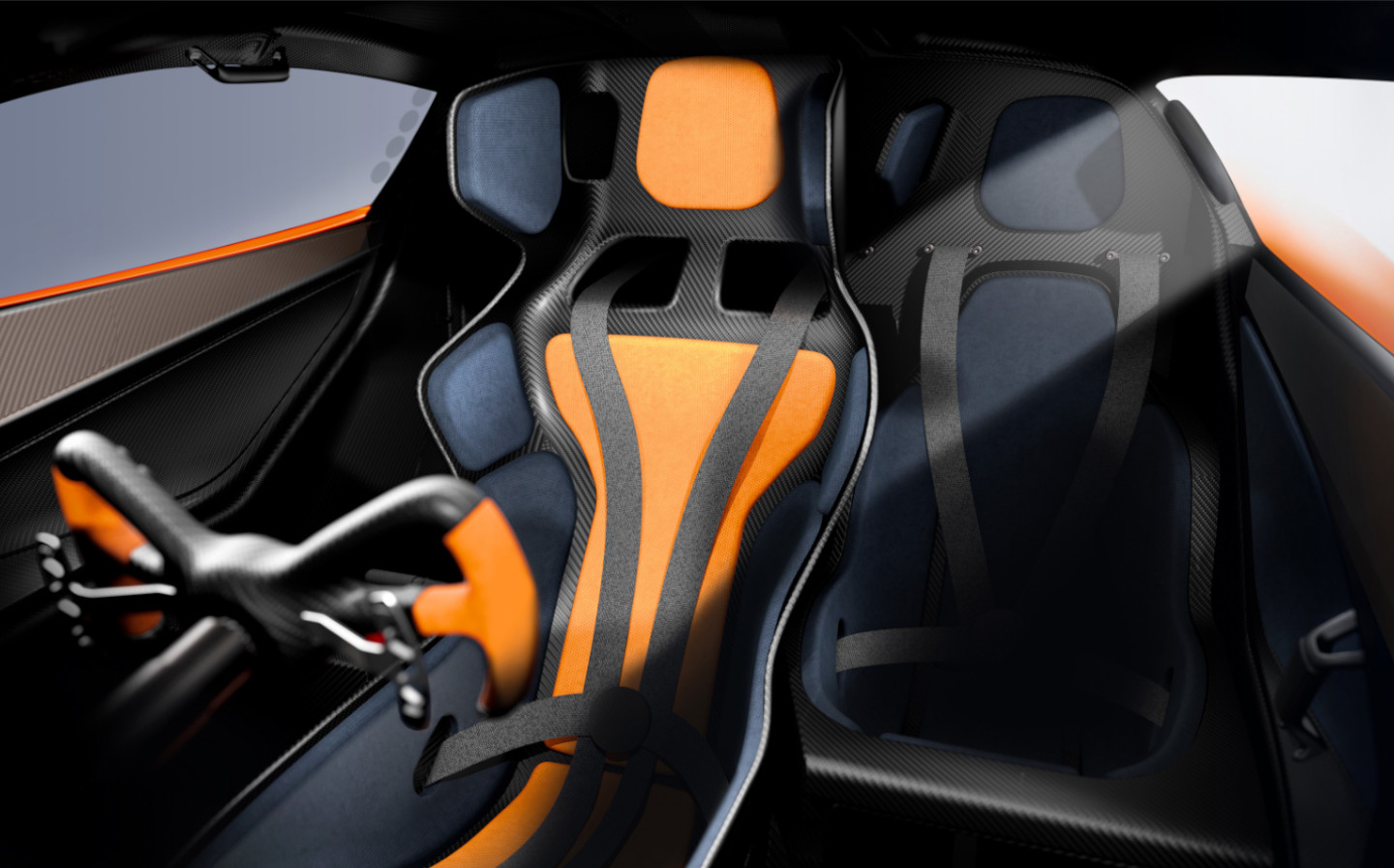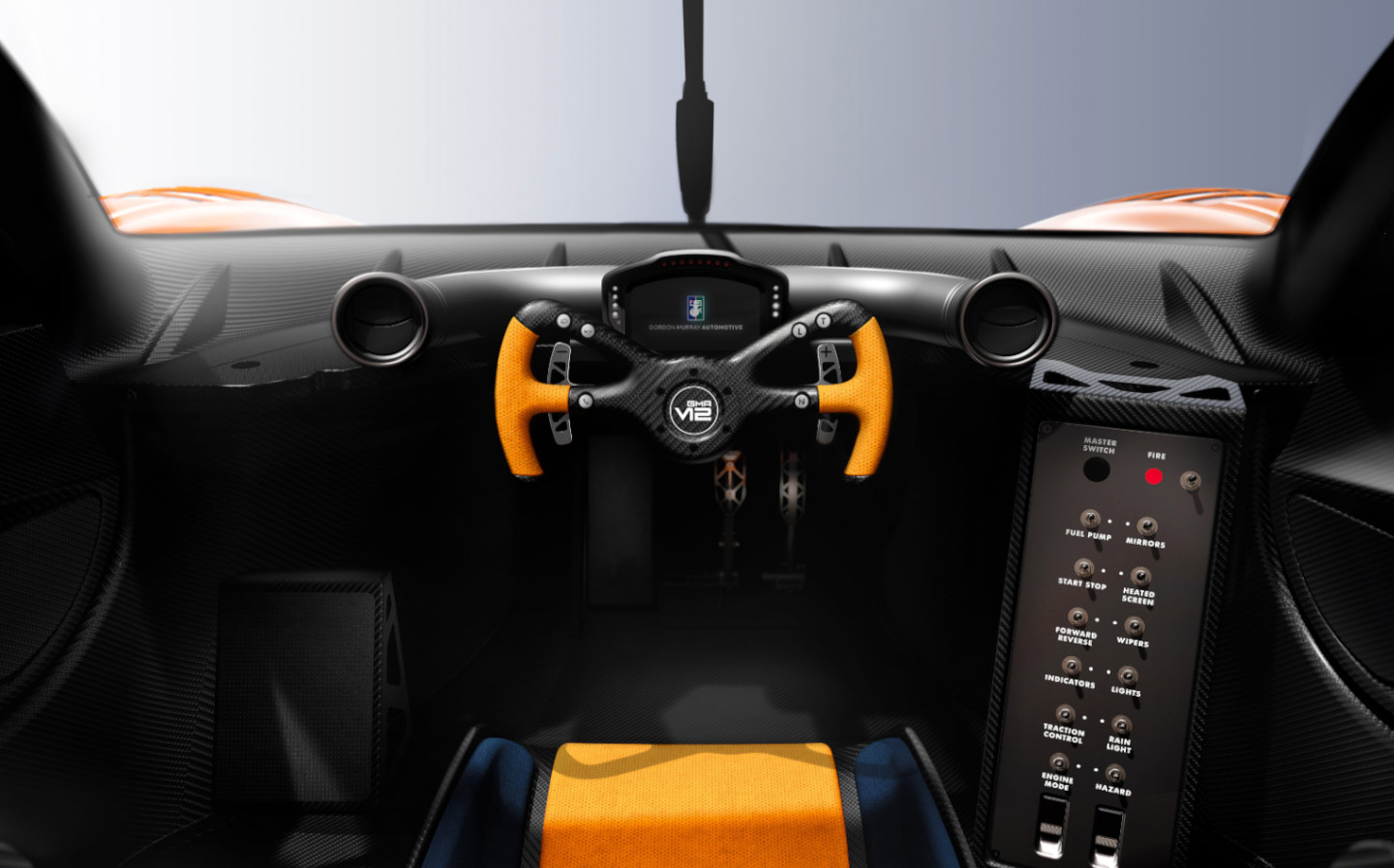Gordon Murray's V12 fan supercar now comes in track-only T.50s Niki Lauda form
Fancar weighs in at just 852kg
YESTERDAY would have been Niki Lauda’s birthday. The legendary Austrian racing driver, who died in 2019, would have turned 72, and in order to celebrate his illustrious friendship and partnership with the man, F1 and road car designer Gordon Murray has unveiled something special: the Gordon Murray Automotive T.50s Niki Lauda.
It’s a very limited run, track-only supercar that according to Murray was designed “in parallel” with the T.50 road car he unveiled last year, rather than as a variant of its road-going sibling.
While the two cars share a central driving position, like the McLaren F1 before them, as well as the ingenious rear fan, which is designed to help clean up airflow, the two cars don’t share a single body panel. And though other components are shared, many have been further refined and made lighter for the T.50s.
As any good supercar should — especially one bearing Niki Lauda’s name – the T.50s comes with a wealth of eye-widening stats: a weight of just 852kg (for reference, that’s like lopping nearly a third off a McLaren Senna), a screaming V12 engine that revs all the way up to 12,100rpm and downforce that has been limited (limited!) to 1,500kg. In fact, Murray’s formidable engineering team got the car to produce 1,900kg, but decided to scale it back for the sake of usability.
Sitting under the bonnet is the same incredible 3.9-litre Cosworth V12 that powers the T.50 road car, but it has been “dramatically” reworked. Putting out 701bhp at 11,500rpm, it’s 50bhp more powerful and faster revving than the one in the T.50, despite being 16kg lighter. Thanks to a roof-mounted RAM induction air box, maximum power can be upped to 725bhp.
As with the T.50, GMA has not revealed a 0-60mph time but top speed is somewhere between 200mph and 210mph.
The V12 is paired to the same six-speed paddle shift gearbox as the T.50, made by British firm Xtrac. The gears themselves have been lightened, and now weigh 5kg less.
Similarly, the bodywork has been engineered to be as light and as aerodynamic as possible. The car is built around a specially engineered carbon fibre monocoque, while body panels are also made from carbon fibre.
The aerodynamic qualities of the T.50s are entirely different from its road-going companion thanks to a rear delta wing inspired by the Murray-designed Brabham BT52 F1 car, the weight of which has been balanced out by a front splitter. A fin has also been fitted between the roof and the wing for increased yaw stability.
Meanwhile, the party piece of the T.50 — its 40cm, rear-mounted fan — is still present, albeit calibrated for track use. It kicks in above 50mph and goes straight to its maximum 7,000rpm, dragging air into the gigantic rear diffuser that rises below it.
In fact, the rear fan is the reason the T.50s is named after Niki Lauda; the system is inspired by the famous Brabham BT46B “fan car”, which Murray designed and Lauda drove. It won its only race before being banned for its “unfair advantage”.
Gordon Murray said: “The T.50s is named in honour of Niki to commemorate his famous win with the Brabham BT46B fan car in the 1978 Swedish Grand Prix. Niki was a great racing driver and he was also a good friend and it is absolutely fitting that we are launching the T.50s Niki Lauda on his birthday. Niki would have appreciated the innovation and engineering detail in our car.”
Unsurprisingly, the T50s’ stats and engineering come with a hefty price: £3.1m, to be exact, around £750k more than the road car. It will be made after the T.50 in a run of just 25, and while most are already sold out, a few are reportedly still available for purchase.
Tweet to @KieranAhuja Follow @KieranAhuja
- After reading about the Gordon Murray Automotive T.50s Niki Lauda, you might be interested in reading his Me and my motor interview with the Sunday Times Magazine.
- If you’re interested in fast cars designed by F1 legends, you might also be interested in the Adrian Newey-designed Aston Martin Valkyrie.
- Last week McLaren unveiled its new hybrid supercar, the Artura.







